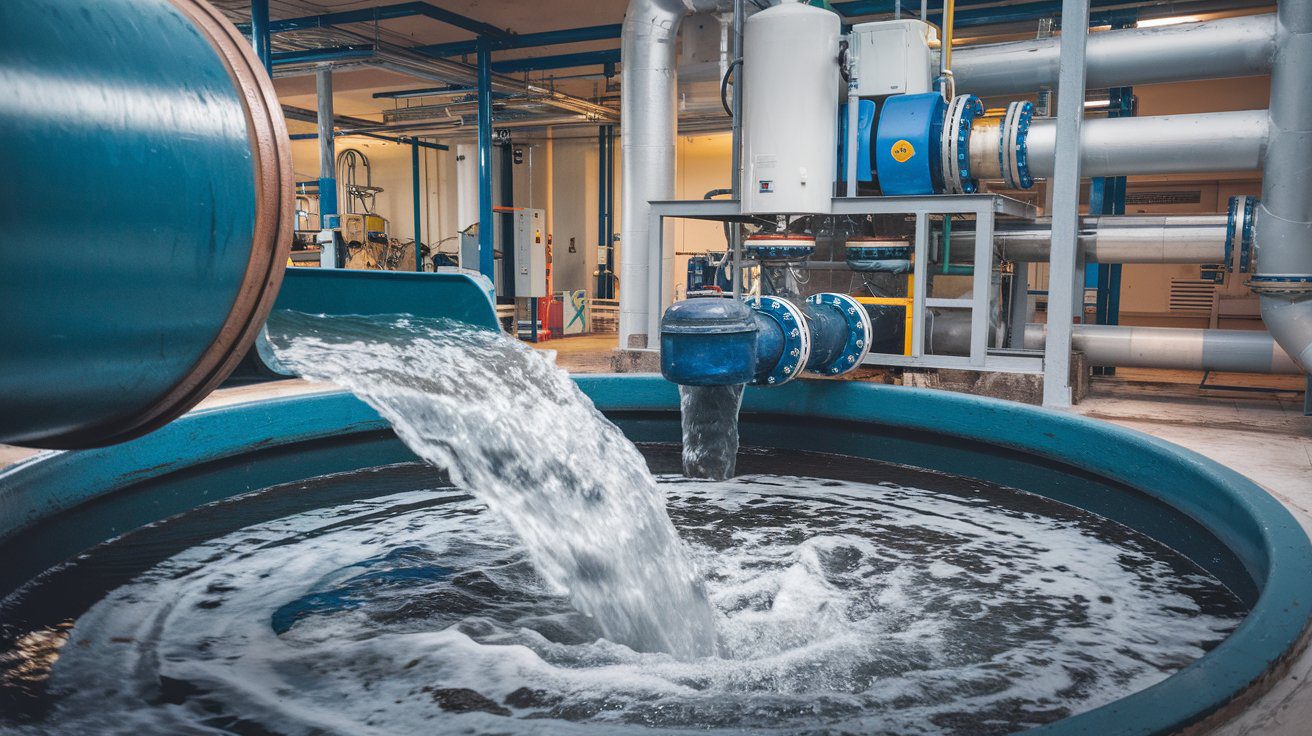
In today’s world, water infrastructure management is more complex than ever. For municipalities, utilities, and private facilities alike, maintaining efficient water systems means keeping an eye on pressure levels, flow rates, pump status, and potential system failures—every second of the day. But traditional monitoring methods come with challenges: outdated hardware, manual data logging, costly site visits, and reactive rather than proactive maintenance.
What if there was a way to simplify it all? To monitor water systems reliably, remotely, and in real time—without the stress, the paperwork, or the surprises? That’s where modern, cloud-based telemetry and smart monitoring platforms come in, changing the game for operators across the country.
The Burden of Legacy Monitoring Systems
Imagine running a small-town water utility where system alerts are delivered through blinking lights on control panels, and the only way to check tank levels is a weekly on-site visit. These outdated methods leave room for errors, delays in response time, and expensive maintenance calls that could have been avoided with real-time insights.
Legacy SCADA systems, while once revolutionary, now often act more as a liability than an asset. They’re expensive to install and maintain, require specialized IT support, and don’t easily integrate with mobile or cloud-based platforms. As water systems expand and expectations grow, these aging technologies fall behind.
The New Era of Smart Monitoring
Digital transformation has finally arrived in the utility sector, and with it comes cloud-based monitoring tools that are easy to install, affordable to maintain, and user-friendly for teams of all sizes. Operators can now manage pumps, tanks, lift stations, and well systems directly from their smartphones or desktops—anywhere, anytime.
These smart monitoring systems send live alerts the moment a threshold is breached. Whether it’s a pump failure at 3 a.m. or a tank nearing overflow, users are notified instantly, empowering quick decisions that prevent disasters before they start. The omni advantage is clear: reliable remote visibility, proactive maintenance, and peace of mind without needing a full IT team to manage it.
Simple Setup, Immediate Results
The best monitoring solutions are designed with simplicity in mind. Installation doesn’t require digging trenches, laying long communication lines, or weeks of technical integration. Cellular-based devices can be mounted in minutes and start sending data right away.
Many modern providers offer plug-and-play telemetry units built to withstand harsh environments and extreme temperatures. Once installed, these devices transmit data securely to a central dashboard, where users can customize alerts, generate reports, and visualize trends across days, weeks, or months.
This ease of use is particularly vital for small towns and utility teams stretched thin—teams that need smart technology but can’t afford to hire data analysts or build out IT infrastructure from scratch.
Proactive Maintenance and Cost Savings
Water utilities often find themselves playing defense: responding to issues only after something breaks or a customer complains. But smart monitoring shifts that approach to proactive care. With 24/7 remote visibility, users can spot irregular patterns before they become big problems.
For instance, if a pump is cycling more than usual, the system might suggest wear-and-tear before a full failure happens. If water pressure dips consistently overnight, it may signal a leak somewhere in the system. Addressing issues early saves not just money, but time, resources, and even regulatory headaches.
Facilities using real-time monitoring have reported reductions in unplanned maintenance by up to 40% and improved energy efficiency simply by optimizing pump usage based on live flow and demand data.
Built-In Compliance and Reporting
Water systems are under constant scrutiny—from state and federal regulations to customer service expectations. Smart platforms make compliance easier by automatically tracking and archiving data for inspections, reports, and audits.
Instead of scrambling to collect logs across multiple locations, operators can export clear, time-stamped histories directly from their dashboard. Some platforms even allow for customized reporting tools that streamline EPA and DEP reporting requirements, saving countless hours every month.
This kind of built-in documentation not only helps pass inspections—it builds trust with stakeholders who want to know that water quality and infrastructure are being properly managed.
Scaling Without Stress
As towns grow and systems expand, monitoring needs scale quickly. Fortunately, cloud-based monitoring solutions scale with ease. Whether you’re managing three lift stations or thirty, the same dashboard and alerts framework can support an entire network.
This flexibility means water utilities no longer need to rip and replace systems every few years. They can start small, prove ROI, and scale up as needed—adding more monitored sites without adding complexity.
Better still, the centralized visibility allows operators to compare performance across sites, identify underperforming assets, and allocate maintenance crews more efficiently.
Security and Reliability in a Connected World
One concern with remote monitoring is data security—and for good reason. Water infrastructure is part of critical national systems. But the best platforms are built with military-grade encryption, secure cellular connections, and redundant cloud backups.
These systems are not only safe from cyber threats but also reliable during power outages, thanks to battery-backed hardware and cloud infrastructure. Operators can rest easy knowing that even when storms hit, they’ll still have insight into system status and control.
A Smarter Future for Everyone
For too long, water system monitoring has been a stress-filled, manual process weighed down by legacy systems and outdated tools. But today, thanks to cloud-based telemetry and mobile dashboards, teams can monitor and manage entire water systems with ease.
Whether you’re in charge of a small-town utility, a rural lift station, or an industrial water system, the message is clear: you don’t need a massive budget or tech team to take control of your infrastructure. You just need the right tools—and the right partner.
Embrace the shift toward smarter, simpler water monitoring. Leave the headaches behind and gain the visibility and control your team deserves.




